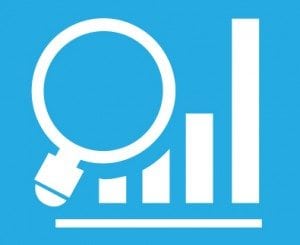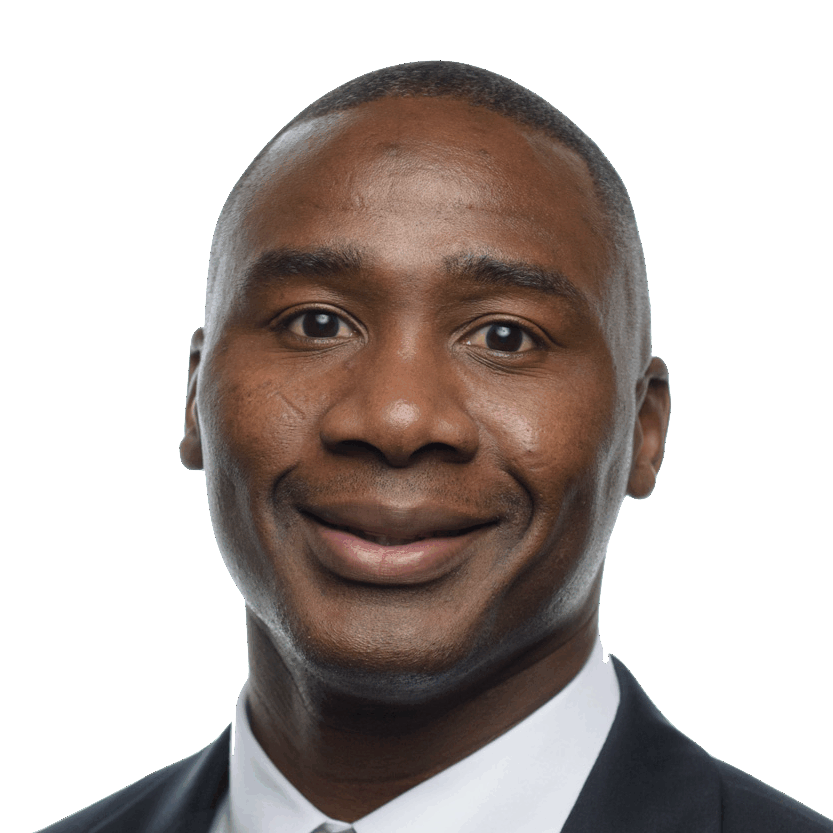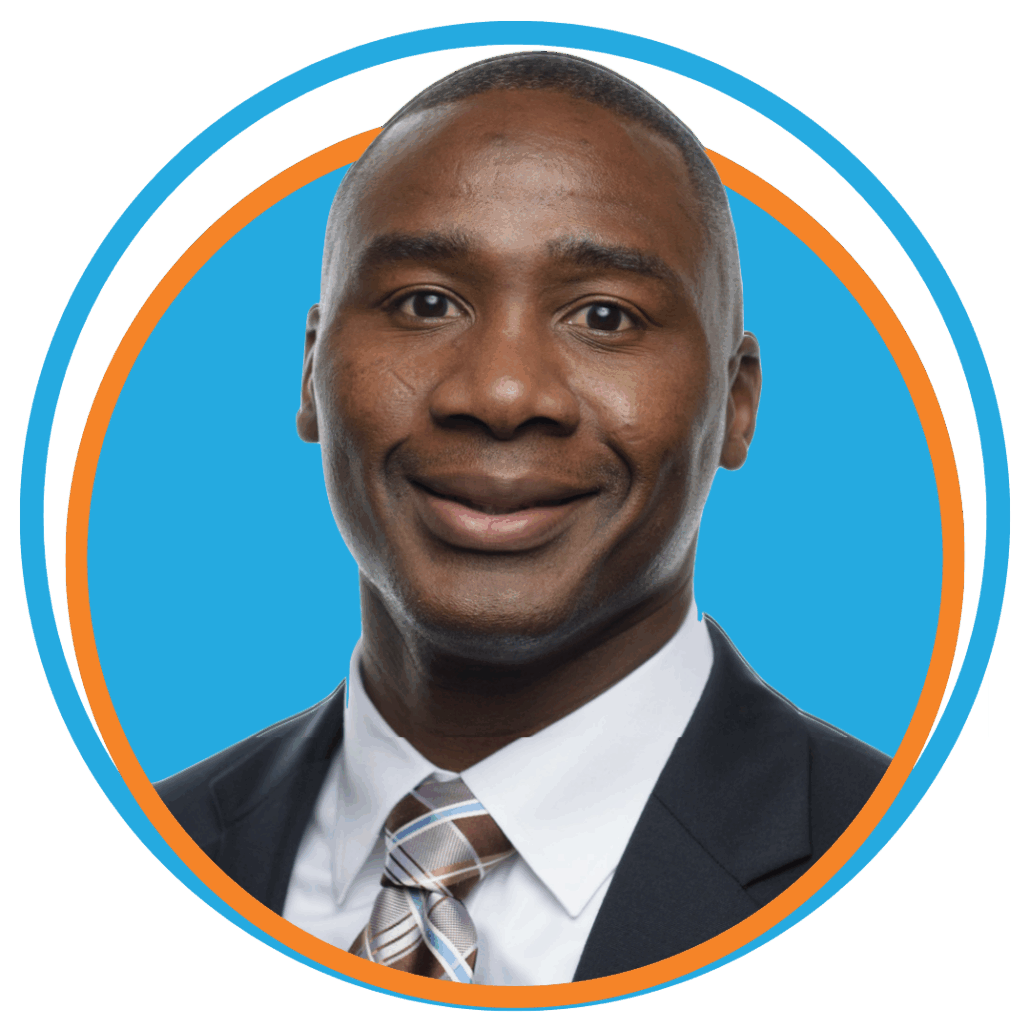[et_pb_section admin_label=”section”]
[et_pb_row admin_label=”row”]
[et_pb_column type=”4_4″][et_pb_text admin_label=”Text”]
 Around this time of the year, students want to know how best to prepare for their upcoming exams. While I am not a proponent of cramming for exams (because it rarely works), there are a few things students can do to maximize their study time. All students use metrics to determine how close or far they are from achieving their study goals. Students who use proper mental metrics can achieve significant results in short periods of time. Below are three mental metrics that students can use to guide and gauge their learning as dreaded finals approach.
Around this time of the year, students want to know how best to prepare for their upcoming exams. While I am not a proponent of cramming for exams (because it rarely works), there are a few things students can do to maximize their study time. All students use metrics to determine how close or far they are from achieving their study goals. Students who use proper mental metrics can achieve significant results in short periods of time. Below are three mental metrics that students can use to guide and gauge their learning as dreaded finals approach.
1. Clearly define the task.
A task clearly defined is much easier to accomplish. Rather than running the risk of boring you (especially if you’re a student) by including a bunch of research talk, I’ll share an experiential example.
Jack and Jill went up the hill to study for their test.
They both were bright students, but Jill studied the best.
What was the difference? They interpreted the task entirely differently.
Jack’s interpretation sounded like this:
This final is going to be a beast! I have no idea what I need to know. I just know that anything from the semester is fair game. I’m going to review my notes over and over again to make sure that I know everything. Once I feel like know all of that information, I should be okay.
Jill’s interpretation sounded like this:
Okay, this final is going to be crazy! I know that only so much information can be included on the test, so I need to figure out which is the most important information. I’m going to use the syllabus to determine the things I was supposed to get out of the course. Then I’m going to look through my notes and the book to see if there is any overlap between what the syllabus lists as important and what my notes and the book have to say about the topics.
Jack will wind up verifying that he knows lots of factual information, but will have little knowledge about the more important and fewer concepts that underlie the facts.
On the other hand, Jill will actually learn, not just memorize. She will be able to guide her studying and gauge whether she has learned the most valuable information.
In the end, Jack will fall down and break his crown, but Jill won’t make the mistake of tumbling after.
Keep Jill’s example in mind as a mental metric as you prepare, and you will be much better prepared.
2. Express what you think you know before you need to know it.
Students frequently overestimate their knowledge. This is because they are measuring their knowledge by how much and how well they memorize information. (See the article on Three Things Every Student Must Know to Move Beyond Memory-based Learning) If you want to avoid succumbing to this tempting tendency, consider incorporating one of the following practices into your study routine:
- Orally articulate or write out what you think you know. If you find yourself coming up blank or are unable to find the words to express your knowledge, then you can be certain that you have gaps in your knowledge that may cause problems on the exam.
- Talk out your knowledge to a friend. Don’t use your friends to memorize definitions; you can do this on your own. Rather, use your friends as sounding boards. Instruct them to listen to you explain the key concepts you are trying to learn. Focus your attention on how well you express what you think you know. Again, blanks and an inability to articulate points are signs of gaps.
Newborns, pets, trees and empty chairs make great listeners as well if your friends are busy.
Use gaps in your knowledge as a mental metric as you finalize your exam preparation.
3) Use a textbook.
The textbook is the most useful, yet underutilized or misused, resource available to students. In fact, research shows that 85% of all learning in college involves out-of-class reading of textbooks. So, if your professor does not use the textbook, it’s not a sign that the book is not needed; rather, it is because the textbook is a tool for those learning, not necessarily those teaching.
Students who do spend time with a textbook often don’t use it in the most effective way. They depend on the information in the back of the chapters – the review – while ignoring the preview in the front.
Many contemporary textbooks include five to ten or more learning outcomes on the first page of each chapter. These learning outcomes are golden! They can help the learner condense an entire chapter’s worth of information into five to ten outcomes. Once a student does this, he or she simply needs to use the text to reach the outcomes.
Keep the following in mind as you use learning outcomes to prepare for exams:
- Pay close attention to the verbs within the learning outcome statements (e.g., identify, distinguish, compare and contrast, predict, etc.) as these verbs indicate the type of thinking needed to reach the outcome (i.e., identify = remember, compare and contrast =analyze). Use the ThinkWell-LearnWell Diagram to aid this process.
- Insert the textbook learning outcomes in your mind as you study, and you will have useful metrics to guide your reviewing.
Incorporate these three learning metric tips into your study routine, and you will notice an immediate change in your thinking and learning, which will improve your test performance.
Share your short-term solutions for helping students succeed on finals!
[/et_pb_text][/et_pb_column]
[/et_pb_row]
[/et_pb_section]

